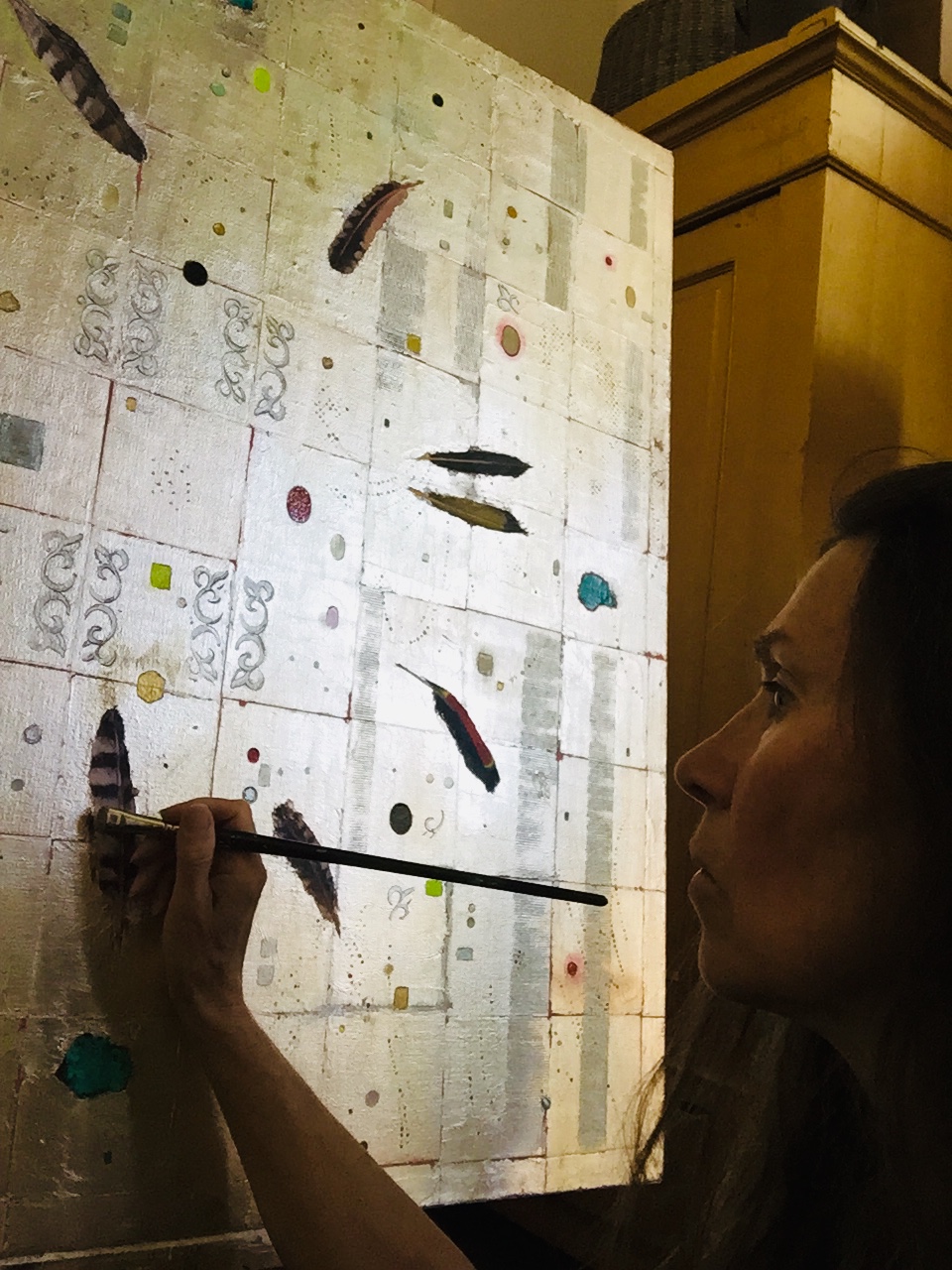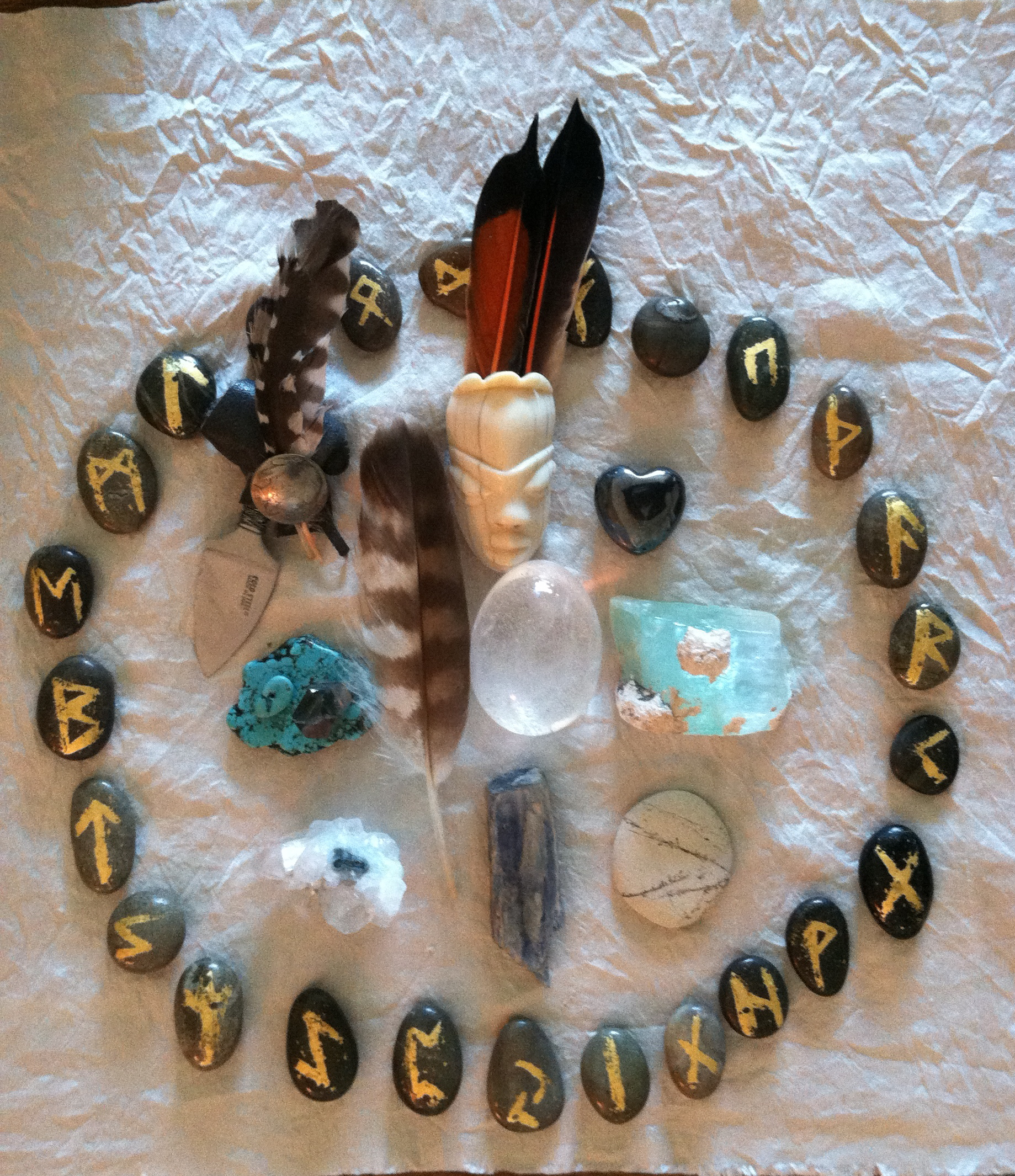Love in the Time of Coronavirus
 Friday, March 20, 2020 at 05:52PM
Friday, March 20, 2020 at 05:52PM Corona: from Latin, 16th century, meaning wreath or crown
We are in the midst of the first weeks of self-quarantine in the United States due to the novel coronavirus. Other places, China and parts of Europe, have already been in a state of lock down, so news from abroad has prepared us in some ways psychologically, but not in the real time experience of it. A strange surreal moment, one of great uncertainty in the world.
This global focus on a singular stunning issue reminds me of other times in my life: the assassination of president John F. Kennedy, when I was in grade school and my teachers wept. When his brother, Robert was assassinated the world was again, galvanized in disbelief. The images of those shocking moments were played and replayed on television, seared into the collective consciousness. Through the following thirty years we watched more violence and social unrest and maybe became somewhat complacent to the events of war, of civil rights for all, of inequality, of rivers burning, of oceans of toxicity, of animal extinctions, as they unfolded before our eyes. Or maybe we became numb. Maybe we still believed in separation. Many things kept us in illusion.
Another state of focused urgency erupted at Y2K when we thought the technological systems in place would rip the net of communication down around us. We worried that at the stroke of midnight on December 31st, as if we were at Cinderella’s ball, that the electronic strings of time, pulling us into the 21st century, would disappear. I remember being afraid that the collapse of computer systems would disrupt everything we had come to depend upon. The murders of the Kennedy brothers and Martin Luther King Jr., these fallen kings, left a terrible dark stain on democracy but Y2K turned out to be a minor glitch. There was a much more ominous event the following year on September 11th, that brought the world to its knees, a far more shocking, focal point.
In the era of terrorism, perhaps we think that nothing could shock us anymore, yet, here we are stunned again by the sudden and overwhelming outbreak of Covid-19 and all of the economic repercussions. We are in fight or flight with neither option available to us. As so many sad stories are being revealed, it is hard to sort through, the number of cases now global; we are overwhelmed with a tsunami of information to be considered.
Already in this short term perspective, it is awakening our compassion and the realization that we truly are not separate. One elder care center in Kirkland, Washington has lost 29 residents to the virus and more in the facility have tested positive, both residents and employees. Crews of workers in white jumpsuits are in day three of cleaning the facility, the invisible nature of a virus is not so easy to contain or clean away. Forces which have significant influence, especially on our elderly are evident in the number of deaths. We
may not understand what this novel virus is exactly but we know that it is not a common cold or flu. We know that we do not have immunity, the definition being relevant to the zeitgeist: bodily protection from something foreign. And not having the ability to resist a particular infection with specific antibodies or white blood cells is what it seems we are struggling to comprehend. We do know that many people are recovering and children it seems have a greater resistance to Covid-19. Thankfully!
I woke up in the middle of the night and thought about the trinity; in the Christian faith, God is said to be a trinity on earth. The meaning of the Holy Trinity is rolling through my thoughts, as it seemed I had an epiphany at 3 am, and now to put insight into words in the light of day is more challenging. We are made form through our bodies, through our mothers’ bodies, but we are not form in our souls. We come from the unity of Creator into the illusion of separation. From the formlessness of Divinity into form, however we choose to name the great mystery, we are made manifest through Spirit. We are here it would seem to recognize there is something more powerful than our egoic selves.
We cannot survive this deluge without trust in a higher power, the God of our understanding; whatever we believe in individually, may we be guided through this storm. May we learn to trust each other. Love in this time of uncertainty means opening our hearts with compassion to the world, to our family and friends, to our communities, trusting in something greater than fear. I recently heard it said, both faith and fear require a belief in the unknown. Our choice. We can be in unity and love or continue to believe we are separate.
Creativity, Maybe the Silver Lining
There is a way through the illusion of separation as we feel more connected than ever before. We can take time to be still, to sit in the light of our sacred hearts, for ourselves and all of our relations. For that is the best medicine.
We are mentoring each other through creative ways to engage. Through our imaginations we can deliver one another from the overwhelming fears. The trinity is about creator energy and that is what will get us through these difficult times. Ask any painter, ask a musician and they will tell you, that you practice and practice. You run scales for years so that you become proficient enough to sit at the piano for a recital. And then you have to give it over to something greater, step aside and let spirit flow through your being.
This is the time we have been waiting for, many have felt that we were on the brink of something big prior to the viral outbreak. Now is the time to link to one another’s hearts, to feel the great interdependence we share and create the new world together.

 Deborah Gavel |
Deborah Gavel |  Post a Comment |
Post a Comment | 